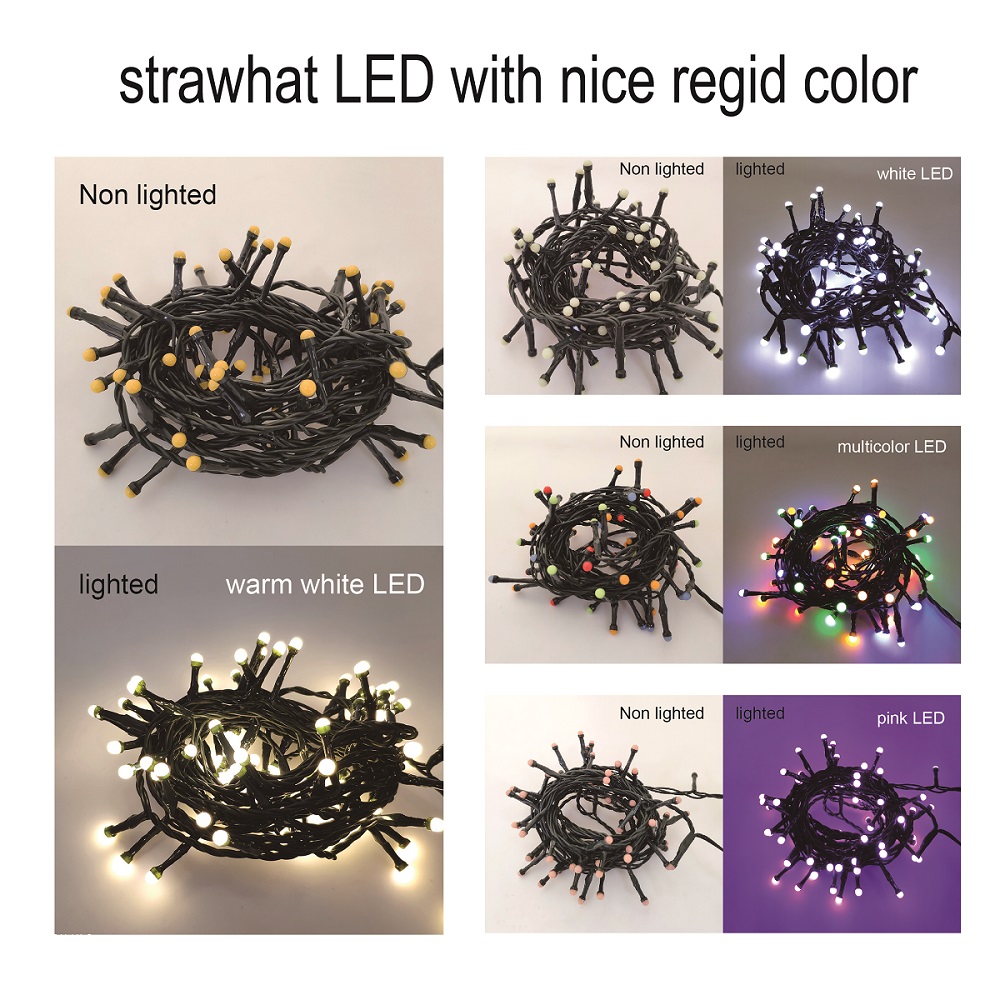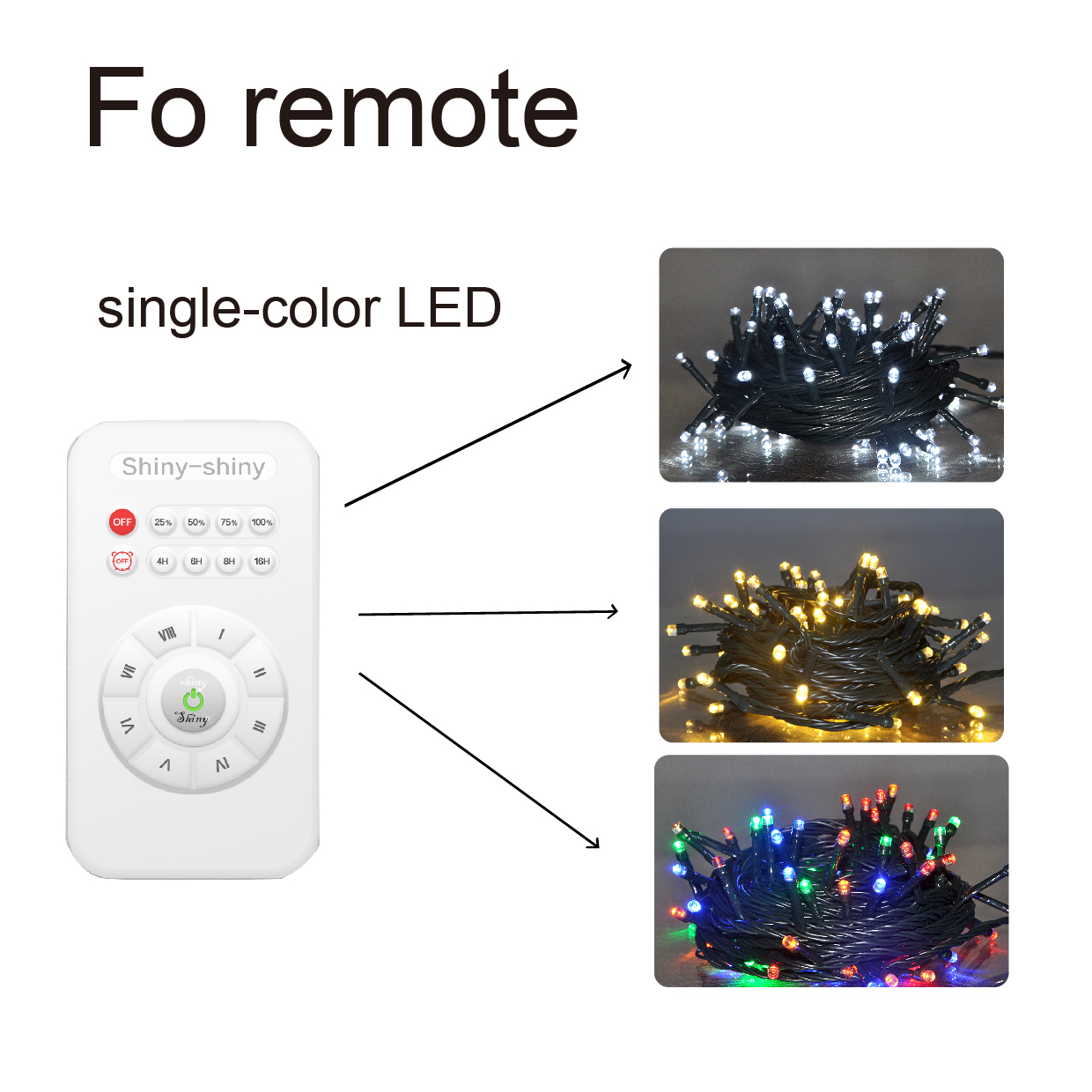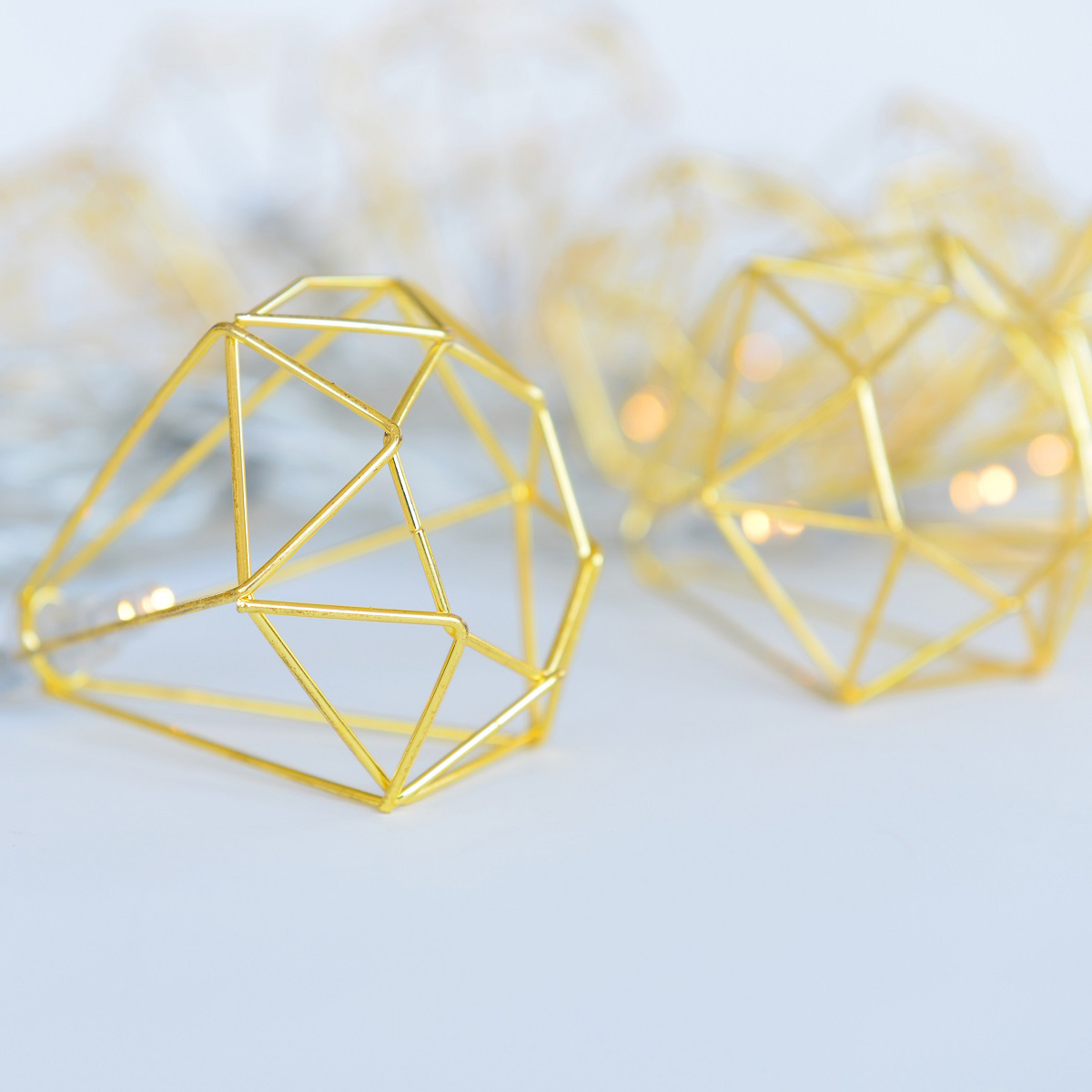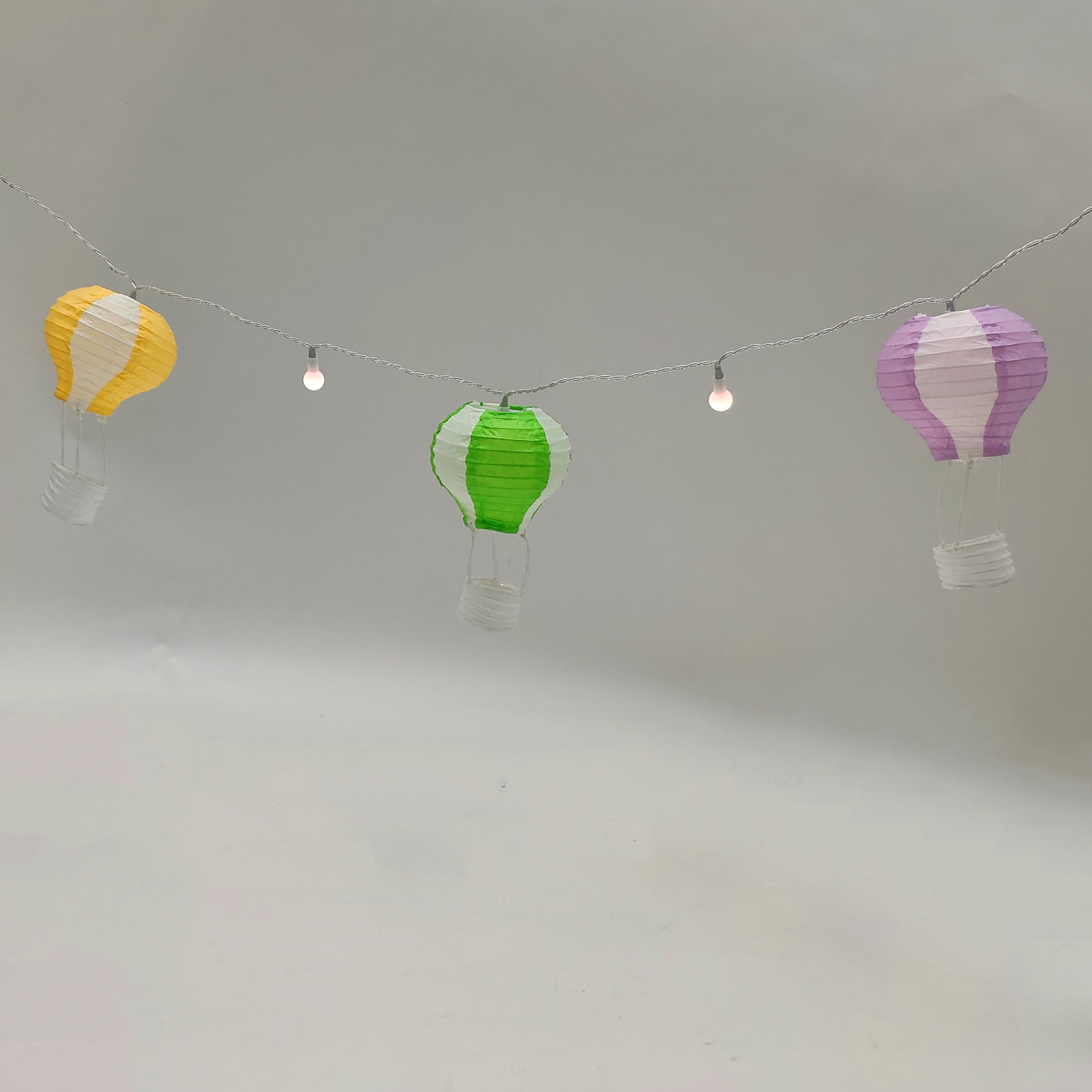

What is the product principle of LED lights? LED (Light […]
What is the product principle of LED lights?
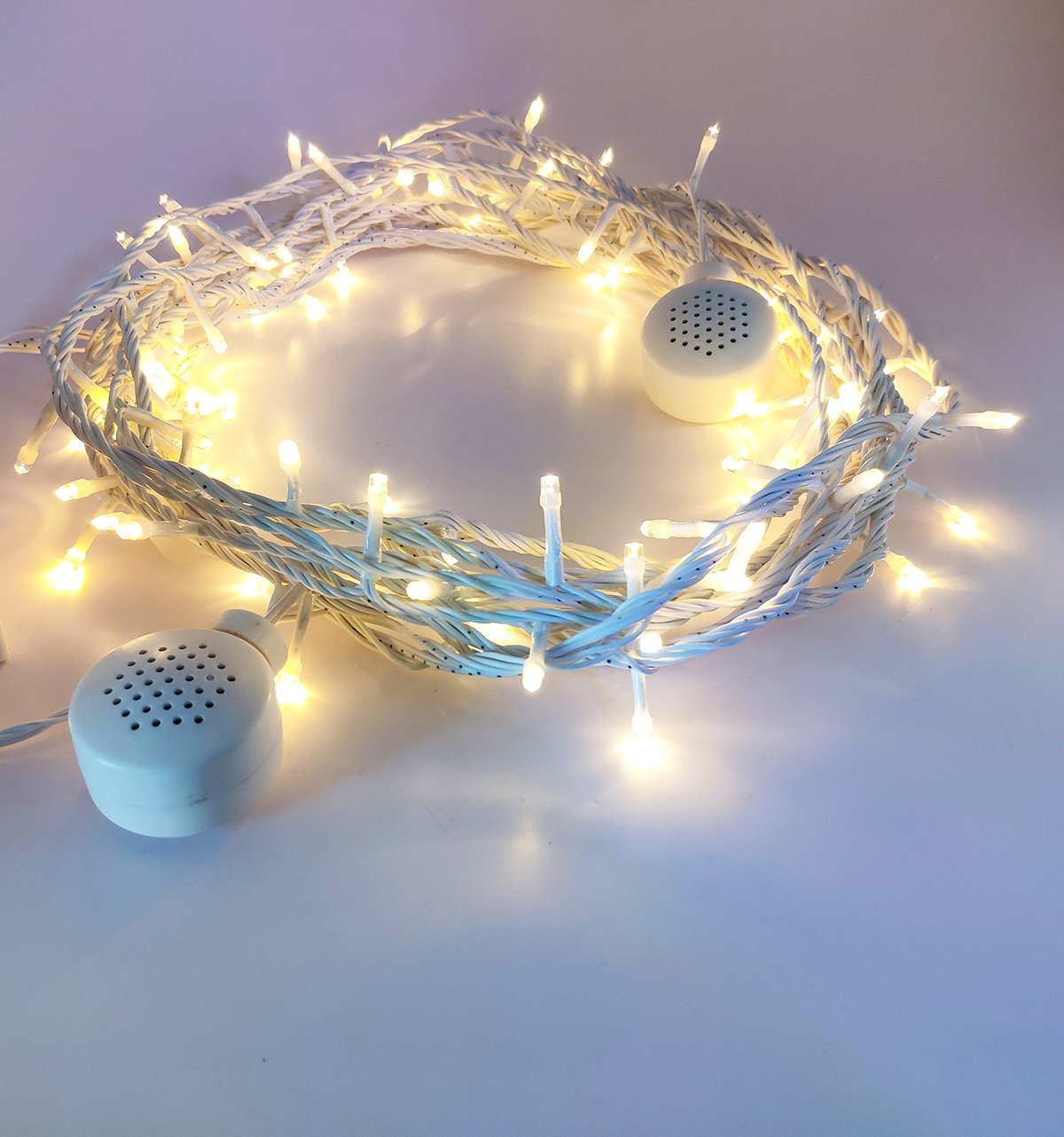
LED (Light Emitting Diode), light-emitting diode, is a solid-state semiconductor device that can convert electrical energy into visible light, which can directly convert electricity into light. The heart of the LED is a semiconductor chip, one end of the chip is attached to a bracket, one end is the negative electrode, and the other end is connected to the positive electrode of the power supply, so that the entire chip is encapsulated by epoxy resin.
The semiconductor wafer consists of two parts, one part is a P-type semiconductor, in which holes dominate, and the other end is an N-type semiconductor, where electrons are mainly. But when the two semiconductors are connected, a P-N junction is formed between them. When the current acts on the wafer through the wire, the electrons will be pushed to the P region, where the electrons and holes recombine, and then emit energy in the form of photons, which is the principle of LED light. The wavelength of light, which is also the color of light, is determined by the material that forms the P-N junction.
LEDs can directly emit red, yellow, blue, green, cyan, orange, purple, and white light.
At first, LED was used as an indicator light source for instruments and meters. Later, LEDs of various light colors were widely used in traffic lights and large-area display screens, resulting in good economic and social benefits.
For general lighting, people need more white light sources. In 1998, the LED that emits white light was successfully developed. The LED is made by encapsulating a GaN chip with yttrium aluminum garnet (YAG). The GaN chip emits blue light (λp=465nm, Wd=30nm), and the Ce3+-containing YAG phosphor made by high temperature sintering is excited by this blue light and emits yellow light with a peak value of 550nLED lamp m. The blue LED substrate is mounted in a bowl-shaped reflective cavity, covered with a thin layer of resin mixed with YAG, about 200-500 nm. Part of the blue light emitted by the LED substrate is absorbed by the phosphor, and the other part of the blue light is mixed with the yellow light emitted by the phosphor to obtain white light.
For InGaN/YAG white LEDs, by changing the chemical composition of the YAG phosphor and adjusting the thickness of the phosphor layer, various colors of white light with a color temperature of 3500-10000K can be obtained. This method of obtaining white light through blue LEDs has the advantages of simple structure, low cost and high technical maturity, so it is widely used.
